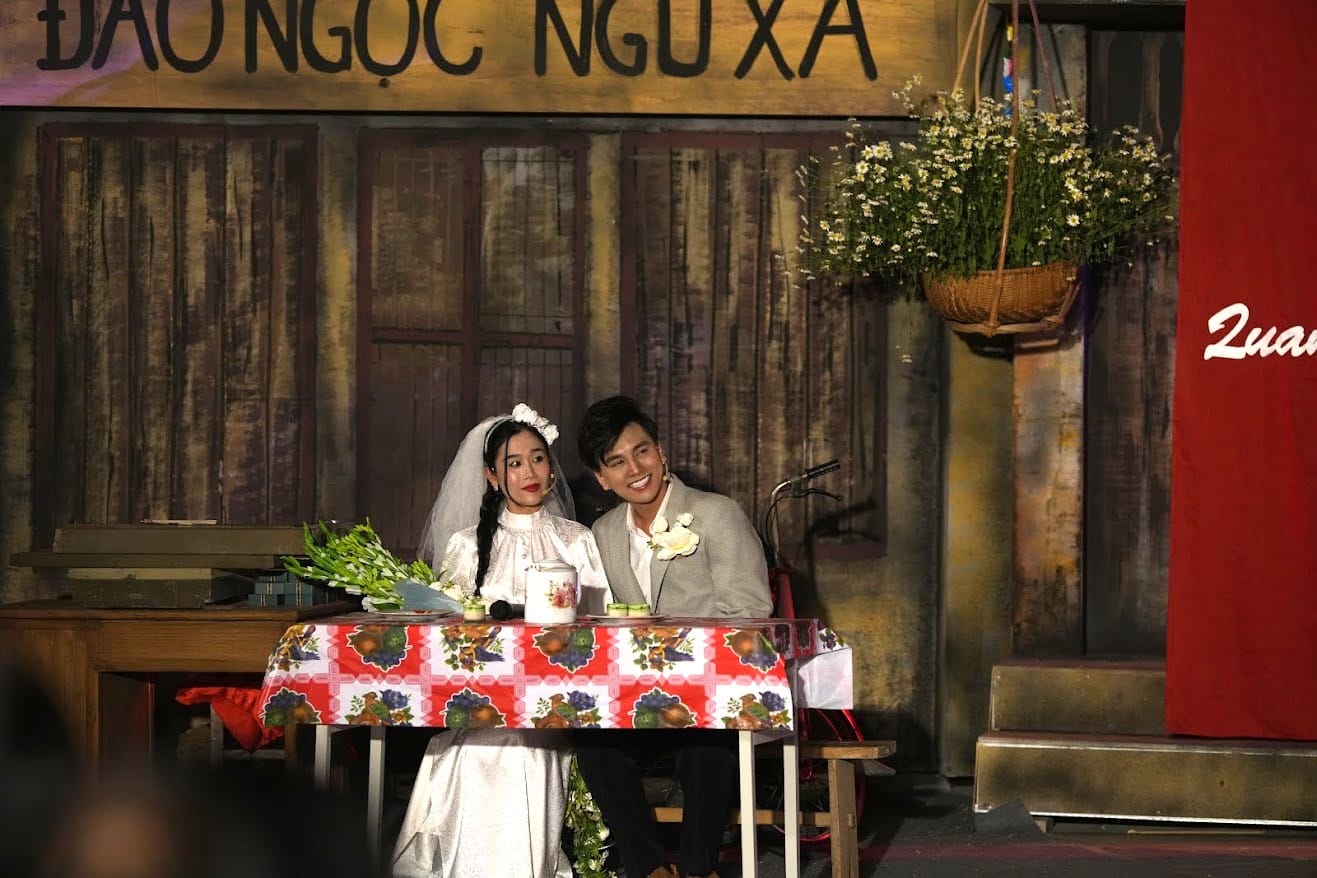Hanoi’s artisans continue to preserve their centuries-old craft, despite the passage of time.
From Buddha statues and worship objects to household items, all are exquisitely crafted by bronzesmiths in Ngu Xa, Truc Bach Ward, Ba Dinh District, Hanoi. In the past, this craft village was known as one of the four quintessential ones of the ancient Vietnamese capital.

During the Le Dynasty (1428-1527), a number of highly skilled bronze smiths from five craft villages gathered in Thang Long to make coins and cult objects for the royal palace.
Ngu Xa bronze casting village was founded at Truc Bach Lake and later listed in the old saying: “Yen Thai silk fabric, Bat Trang ceramics, Dinh Cong goldsmiths, and Ngu Xa bronzesmiths”.
Hundreds of years later, despite the rapid urbanization of the city, Ngu Xa artisans manage to keep their beloved craft alive.
Born and raised in a traditional bronze casting village, 75-year-old bronze smith Nguyen Van Ung, from Truc Bach Ward, Ba Dinh District, Hanoi, has always feared that the ancient craft would one day fade into obscurity. “In the past, every family practiced bronze casting as their primary trade, with some families relying entirely on it for their livelihood. During the war, however, the entire village switched to aluminum casting in accordance with the government’s directive to support national defense and meet the needs of the people. From that point on, aluminum casting became the primary source of income, and bronze casting slowly fell into neglect,” he recalled.

Today, Nguyen Van Ung’s family is one of only two households left in the village still dedicated to the bronze casting profession.
At 75, he remains steadfast in his belief that the craft will endure, a conviction reinforced by the fact that both of his sons are carrying on the family tradition. The bronze casting craft in Ngu Xa has been passed down through 16 generations, and according to Ung, it takes great dedication and effort to keep the tradition alive.
“Everything is hard before it is easy. But you have to put all your heart and soul into your work, always learning and coming up with ideas,” he said.
“When my father was alive, he also admitted that ‘children who surpass their parents are a blessing for the family. I can do things faster and with more finesse. I try to beautify the models first for future success,” he stated.
Back to the old times, Ngu Xa’s bronzes initially consisted only of cult objects and coins. Over time, thanks to technological advances, everyday objects have been added to the bronze smiths’ offerings: basins, pans, trays, incense bowls, incense burners, lamp holders, vases, and animals worshipped in pagodas, shrines, and communal houses.

The two best known Ngu Xa masterpieces are the bronze statues of Tran Vu (or Huyen Thien Tran Vu) and Amitabha Buddha. The former was cast in 1677 measuring 3.9 meters in height andand weighing 4 tons. It is located at Quan Thank Temple, one of the four guard temples of Thank Long. The latter, four times larger is placed on a bronze of 96-petaled lotus throne; in Than Quang Pagoda, Hanoi.
For their products to have soul and convey Vietnamese cultural identity, the artisans must do extensive research on techniques and aesthetics. Bui Thi Minh, a bronzesmith, Truc Bach Ward, Ba Dinh District, Hanoi shared that her motto to devote to the craft is that when she creates something, it has to be a work of art.
“I view my works as a legacy for future generations, which upholds authentic Vietnamese culture associated with spiritualism. Each work needs to have its own characteristics.”
With rapid urbanization, Ngu Xa bronze casting almost disappeared. But thanks to the close attention of the local Party Committee and authorities, there are still passionate artisans who preserve the craft.

Le Mai Huong, Vice Chairman of the People’s Committee of Truc Bach Ward Ba Dinh District stated that when local authorities established the Pearl Island- Ngu Xa food street, they integrated the production and marketing sites with spaces to promote the craft village to both domestic and international visitors.
“With a cultural house to be built, we have reported to the district People’s Committee to allocate a space for the promotion of the village’s products.”
At present, some of Ngu Xa’s iconic bronze castings are displayed in the outdoor museum area of the Tram Line No.6 in Pearl Island – Ngu Xa Food Street, drawing the attention of tourists.
Each Ngu Xa bronze, small or large, is all cast in one whole piece, which shows the remarkable skills and teamwork of the artisans. Some of the bronzes have been recognized as four-star OCOP products. They are not only preserving the traditional craft of their forefathers but also the cultural features of Hanoians in particular and Vietnamese people in general.
By Jenna Duong







